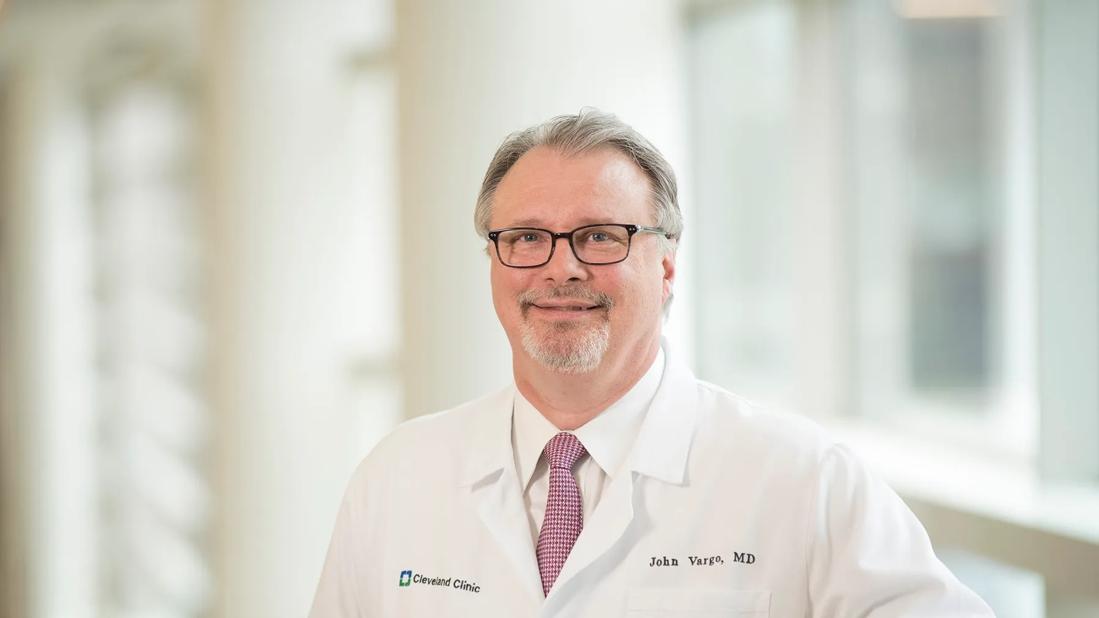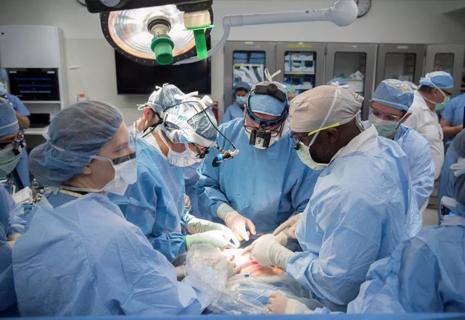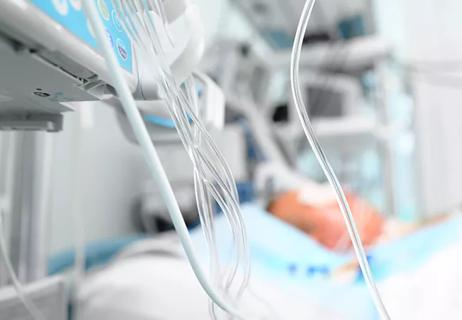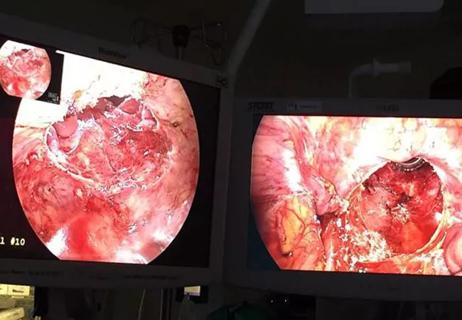Goals: lower cost and ensure optimal outcomes

Broad, deep and diverse, the Digestive Disease & Surgery Institute’s endoscopy program is an impressive force. Every year, its staff perform 85,000 procedures in 22 hospital, ambulatory surgery center and endoscopy center locations. These procedures range in sophistication from basic upper endoscopies and colonoscopies to endoscopic ultrasounds, ERCPs and endoscopic submucosal resections.
Advertisement
Cleveland Clinic is a non-profit academic medical center. Advertising on our site helps support our mission. We do not endorse non-Cleveland Clinic products or services. Policy
The high volume of endoscopies performed in a variety of locations lends itself to a variety of styles, protocols, equipment choices and costs. Although outcomes are universally very good, Digestive Disease & Surgery Institute Chair Conor Delaney, MD, PhD, felt the time was right to standardize endoscopic procedures. He felt this would be best accomplished by appointing John Vargo, MD, MPH, as Enterprise Endoscopy Director.
An avid patient advocate and experienced endoscopist, Dr. Vargo is putting his experience as former GI department chair to bear on establishing systems that will augment quality and lower the cost of procedures. We spoke with him about this important task.
Q: In a nutshell, what are you trying to accomplish?
A: Our overarching goal is to provide every patient with the best care for the best value in a safe, comfortable environment. This involves ensuring that our approach is standardized at each of our endoscopic sites of practice in terms of equipment, reprocessing, outcomes measurements and training standards.
Q: How do you tackle such a large project?
A: A few months ago we brought together administrators, nurses, endoscopists and other stakeholders to begin building a patient-centered commonality to our endoscopic practice. We started by evaluating what is working well and noting where the opportunities for improvement were. We then established committees with enterprise-wide oversight to help guide the transition. To date, we have new committees for capital equipment, practice development, disposable devices and reprocessing.
Advertisement
Q: How are these committees serving your goals?
A: Endoscopy equipment is no longer acquired independently at each site. Our Capital Equipment Committee determines the need for new equipment and allocates funds as necessary. Our analysts developed a software program to track the operational lives of endoscopes, so we know when to replace them. If a particular scope is needed at one site, we can identify whether the instrument is available at another site. If it is underutilized at the current site, it makes sense to place it where it can be optimally deployed. This approach to enterprise-wide, rather than site-specific, stewardship helps reduce unnecessary spending.
Our New Equipment Committee will determine which new devices should be added to our existing equipment portfolio. Our Reprocessing Committee is charged with maintaining standards for reprocessing endoscopes across the enterprise and making adjustments, as advancements in science and policy come about.
Q: What about this new position excites you the most?
A: I’m excited about the strategic aspects. We get to consider whether a new endoscopic procedure will add to patient care before we adopt it. If we decide to adopt it, we will determine where it should be performed and how staff should be trained.
I am also energized by the opportunity to work with my colleagues in other specialties. Scopes are utilized by pulmonologists, otolaryngologists and gynecologists, as well as gastroenterologists, so we are including them in this effort. It is not about us, but about our care community.
Advertisement
Q: Will you be encouraging research?
A: Absolutely. I enjoy clinical research, particularly the aspects of group health outcomes in streamlined practice models. We have an opportunity to evaluate outcomes with different treatment strategies. Already, we use quality dashboards that enable us to look at ways of augmenting value.
Q: Do you feel your efforts will lead to new best practices?
A: This effort has already helped us maximize our endoscopic practice through standardization, continuous review of quality outcomes and the strategic introduction of exciting endoscopic procedures, such as endoscopic submucosal resection and endoscopic pyloromyotomy. We will be evaluating cost-per-case to ensure that we are at the apex of value in this rapidly evolving landscape, where population-based healthcare is now becoming the standard. When our outcomes are published, we feel we will become a national resource for other organizations seeking to optimize their endoscopy practice.
Dr. Vargo is the incoming president-elect of the American Society for Gastrointestinal Endoscopy (ASGE).
Advertisement
Advertisement

The Integrated Program aligns IBD care and research across Cleveland Clinic locations

Insights from Cleveland Clinic’s Vice Chair of Innovation and Technology

Fewer incisions and more control for surgeons

New Vice Chair of Innovation and Technology Dr. Matthew Kroh talks about device development, robotics, artificial intelligence and nurturing a culture of innovation

A concise summary of an historic operation

Multidisciplinary patient management, standardized care contribute to success

TaTME's uses now extends beyond rectal cancer

Transoral incisionless fundoplication an effective, new option